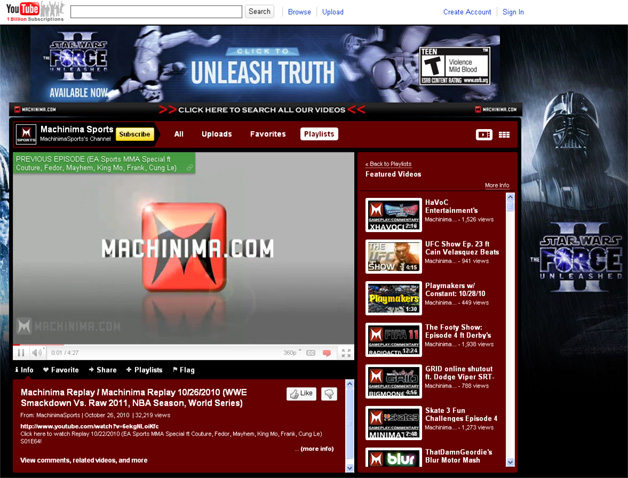It would appear that some of the victims of Google’s Panda algorithm update are starting to see at least slight recoveries after using some elbow grease. A couple examples of sites that have gained some attention for upswings in traffic post-Panda, after getting hit hard by the update, are DaniWeb and One Way Furniture.
Have you seen any recovery in search traffic since Panda hit? Let us know.
DaniWeb Sees an Uptick in Traffic Post-Panda
DaniWeb is an IT discussion community site. It’s a place where people can go to discuss issues related to hardware, software, software development, web development, Internet marketing, etc. This is exactly the kind of site that can actually provide great value to a searcher. I can’t tell you how many times I’ve had some kind of frustrating software issue only to find the solution after a Google search pointing me to a discussion forum with people openly discussing the pros, cons, and merits of a given solution or idea. The very fact that it is a discussion forum means it is a potentially great place for different angles and ideas to any given topic, with the ongoing possibility of added value. More information means you can make better informed decisions.
Sure, there is no guarantee that all of the information is good information, but that’s the beauty of discussion. There is often someone there to shoot down the bad. The point is, many searchers or search enthusiasts might take issue with a site like Daniweb being demoted in search because of an algorithm change that was designed to crack down on shallow and lesser-quality content.
The good news for DaniWeb, and anybody that finds it to be a helpful resource, is that since being hit by the update it is starting to bounce back. To what extent remains to be seen. Time will tell, but Dani Horowtiz, who runs the site, recently revealed a Google analytics graph showing an upswing:

“The graph indicates a slight dip towards the end of February when just the US was affected by Panda, and then a huge dip when Panda went global,” she says. “However, you can see that over the past couple of weeks, traffic has been on the upswing, increasing day after day. We’re not yet near where we were before Panda, but there definitely is hope that we will get back there soon.”
She is careful to note, “Many algorithm changes have already gone into effect between when Panda first was rolled out and today. Therefore, I can’t say without a doubt that our upswing is directly related to us being un-Pandalized in Google’s eyes and not due to another algorithm change that was released. In fact, in all honestly, that’s probably what it is.”
Still, it should serve as a reminder that Panda isn’t everything. Google has over 200 ranking signals don’t forget.
One Way Furniture Slowly Climbs Back Up
If you’re a regular reader of WebProNews or have been following the Panda news, you may recall earlier this month when NPR ran a story about a furniture store called One Way Furniture that had been feeling the wrath of the Panda, mainly due to its use of un-original product descriptions, which the e-commerce site was drawing from manufacturer listings.
Internet Retailer Senior Editor Allison Enright spoke with One Way Furniture CEO Mitch Lieberman this week (hat tip to SEW), and he said that the site is slowly climbing back up in the search rankings. “It’s been extremely challenging, but exciting, too,” he is quoted as saying. “Even in a downturn like this, it is exciting to see the effects of what you are doing to get you back to where you were.”
How They Are Doing It
So great, these sites are evidently working their way back into Google’s good graces. How does that help you? Luckily, they’ve shared some information about the things they’ve been doing, which appear to have led to the new rise in traffic.
“In a nutshell, I’ve worked on removing duplicate content, making use of the canonical tag and better use of 301 redirects, and adding the noindex meta tag to SERP-like pages and tag clouds,” says Horowtiz. “I’ve also done a lot of work on page load times. Interestingly enough, I’ve discovered that the number of pages crawled per day has NOT decreased in tandem with Panda (surprisingly), but it HAS been directly affected by our page load times.”
Look at the correlation between DaniWeb’s pages crawled per day and time spent downloading a page:

“I guess it also goes without saying that it’s also important to constantly build backlinks,” says Horowitz. “Like many other content sites out there, we are constantly scraped on a regular basis. A lot of other sites out there syndicate our RSS feeds. It is entirely possible/plausible that Google’s Panda algorithm [appropriately] hit all of the low quality sites that were just syndicating and linking back to us (with no unique content of their own), ultimately discrediting half of the sites in our backlink portfolio, killing our traffic indirectly. Therefore, it isn’t that we got flagged by Panda’s algorithm, but rather that we just need to work on building up more backlinks.”
According to Internet Retailer, Lieberman fired the the firm he was using to get inbound links before and hired a new one. He also hired some new copywriters to write original product descriptions aimed at being “friendly to search engines.” Enright writes:
“For example, a bar stool that previously used a manufacturer-supplied bullet list of details as its product description now has a five-sentence description that details how it can complement a bar set-up, links to bar accessories and sets the tone by mentioning alcoholic beverages, all of which makes it more SEO-friendly, Lieberman says. “We decided to change it all up,” he says. “What we’re seeing now is what is good for customers and what they see on the site is also good for Google.”
…
OneWayFurniture.com is also slimming down content that causes pages to load more slowly because this also affects how Google interprets the quality of a web page. “We’re focused on the basics, the structure of the site and on doing things that are not going to affect us negatively,” Lieberman says.
More Things You Can Do to Recover from Panda
In addition to the things dicussed by Horotwitz and Lieberman, there are plenty of other things to consider in your own SEO strategy that migjht just help you bounce back if you were negatively impacted by the Panda update.
First off, simply check up on your basic SEO practices. Just because you got hit by the Panda update doens’t mean there aren’t other totally unrelated things you could be doing much better. Remember – over 200 signals. They’re not all Panda related.
You should also keep up to date on future changes. Read Google’s webmaster blog and it’s new search blog. Follow Google’s search team on Twitter. Read the search blogs. Frequent the forums. Google makes changes every day. Stay in the loop. Something that has worked for years might suddenly stop working one day, and it might not get the kind of attention a major update like Panda gets.
Panda doesn’t like thin content, so bulk it up. Dr. Peter J. Meyers, President of User Effect, lays out seven types of “thin” content and discusses how to fatten them up here.
Some have simply been relying more heavily on professional SEO tools and services. SEOMoz Founder Rand Fishkin said in a recent interview with GeekWire, ““I can’t be sure about correlation-causation, but it seems like that’s [Panda] actually been a positive thing for us. The more Google talks about their ranking algorithm, how it changes how people have to keep up, the more people go and look for SEO information, and lots of times find us, which is a good thing.”
You may need to increase your SEO budget. Like search strategist Jason Acidre says on Blogging Google at Technorati, “This just shows how imperative it is to treat SEO as a long-term and ongoing business investment, seeing that Google’s search algorithm is constantly improving its capability to return high-quality websites to be displayed as results to their users worldwide. As the biggest search engine in the world is requiring more quality content and natural web popularity from each website who desires to be on the top of their search results, it would certainly require quality-driven campaigns and massive fixes on their websites, which of course will necessitate them to upsize their budgets to acquire help from topnotch SEO professionals.”
“Authority websites that were affected by this recent Google update are losing money by the day,” he adds. “They are in need of high quality service providers who can actually meet their needs, and in order to get the kind of quality that can be seen genuinely useful by both users and search engines, they’ll probably need to make a much expensive investment on content management and link development, as this campaign would require massive work and hours to really materialize.”
Set up alerts for SEO elements of your site, so you’re constantly up to speed on just what’s going on. Arpana Tiwari, the Sr. SEO Manager of Become Inc. has some interesting ideas about this.
We all know that Google loves local these days. Local content even appeared to benefit from the Panda update to some extent. If you have anything of value to offer in terms of local-based content, it might not be a bad idea to consider it. Obviously quality is still a major factor. The content must have value.
Then of course there’s Google’s own “guidance”. Don’t forget the 23 questions Google laid out as “questions that one could use to assess the ‘quality’ of a page or an article”.
The silver lining here for Panda victims is that there is hope of recovering search visibility from Google. Nobody said it is going to be easy, and for a lot of the victims, it’s going to be harder than others. Let’s not discount the fact that many of the victims were victimized for a reason. Google’s goal is to improve quality, and much of what was negatively impacted was indeed very lackluster in that department.
Serious businesses will continue to play by Google’s rules, because today, Google is still the top traffic source on the web. It’s simply a vital part of Internet marketing, and the Internet itself is a much more significant part of the marketing landscape than it has ever been before.
Impacted by Panda? What are some things you’ve done to aid your recovery? Share in the comments.






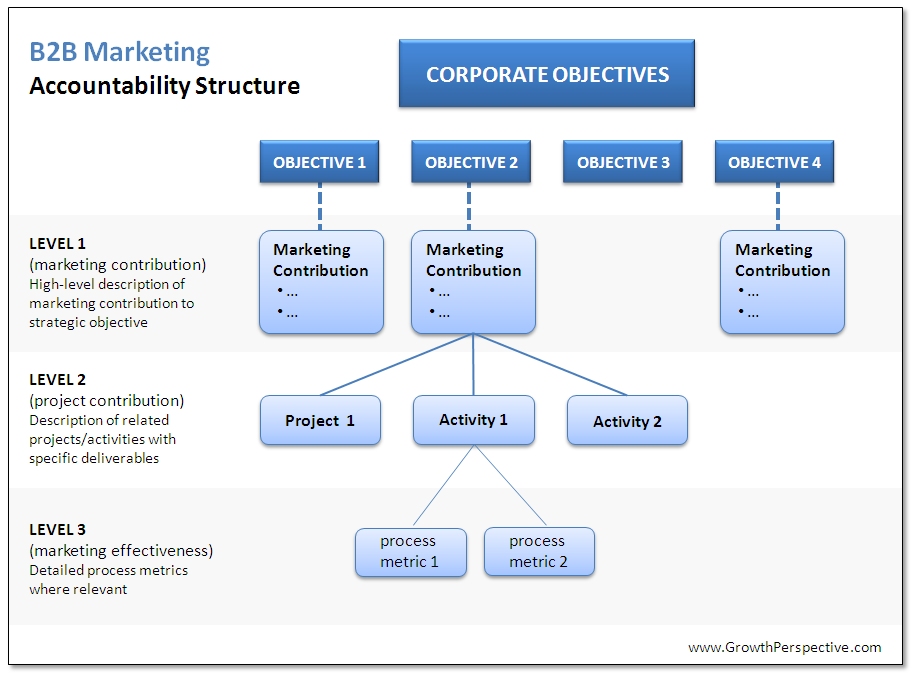


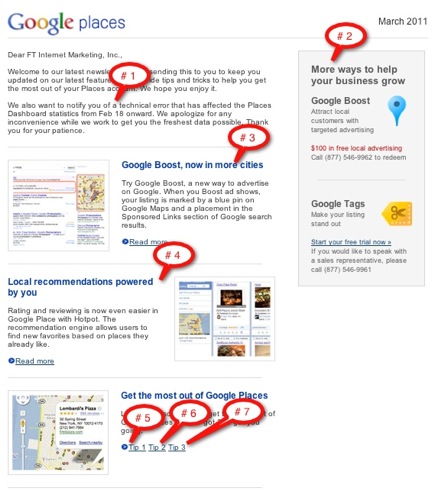


 "Right now, one the most audible reactions I’m hearing from publishers is: what does this mean for the consumer? The concern is that Apple’s latest subscription policy limits one of the major needs that all publishers look to address – seamlessly offering their content on whatever platform the consumer wants to access it on," she told us.
"Right now, one the most audible reactions I’m hearing from publishers is: what does this mean for the consumer? The concern is that Apple’s latest subscription policy limits one of the major needs that all publishers look to address – seamlessly offering their content on whatever platform the consumer wants to access it on," she told us. 
 Publishers set the price and length of the subscription (weekly, monthly, bi-monthly, quarterly, bi-yearly or yearly). Users choose the length of the subscription and are charged based on how long they subscribe. Users can manage all of the subscriptions from their personal account page. Apple keeps 30 percent of the revenue from subscriptions, the same as it does for other in-app purchases.
Publishers set the price and length of the subscription (weekly, monthly, bi-monthly, quarterly, bi-yearly or yearly). Users choose the length of the subscription and are charged based on how long they subscribe. Users can manage all of the subscriptions from their personal account page. Apple keeps 30 percent of the revenue from subscriptions, the same as it does for other in-app purchases. 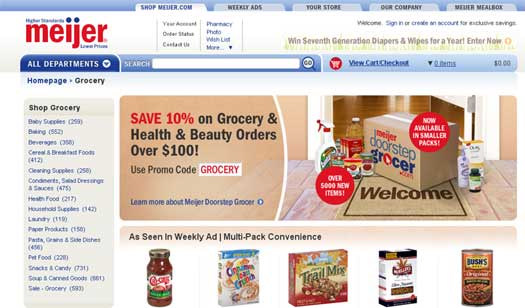
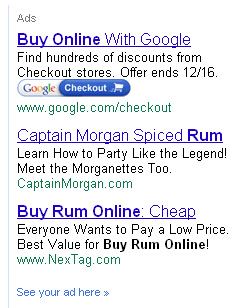 "Since then, hard alcohol advertisers have been able to promote websites that offer information about their brand, their products, or drinks that can be made with their products,"
"Since then, hard alcohol advertisers have been able to promote websites that offer information about their brand, their products, or drinks that can be made with their products," 